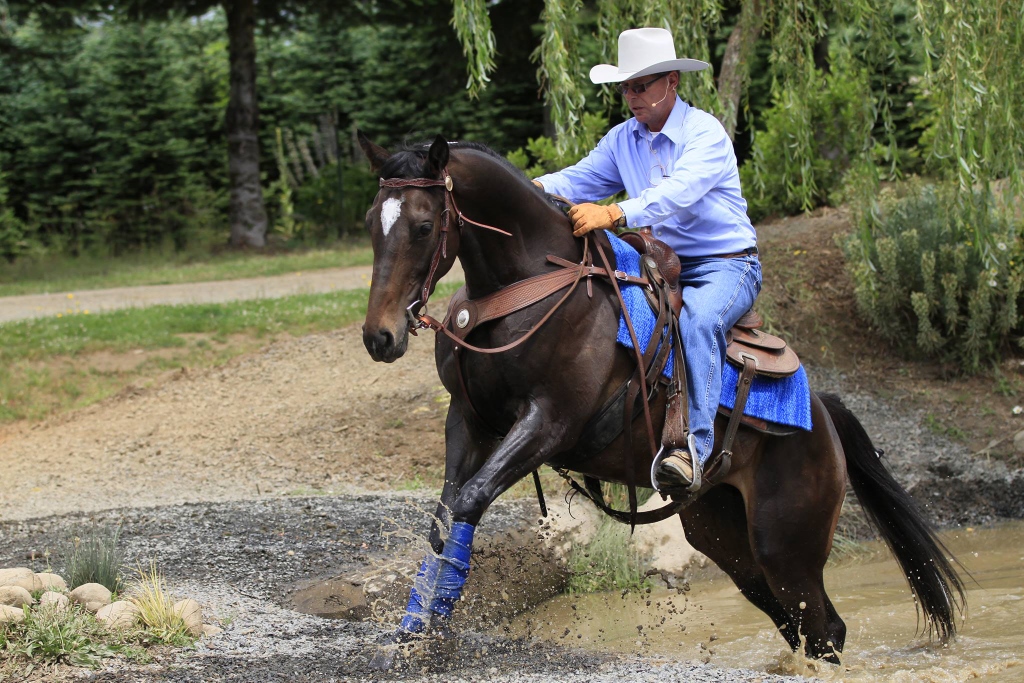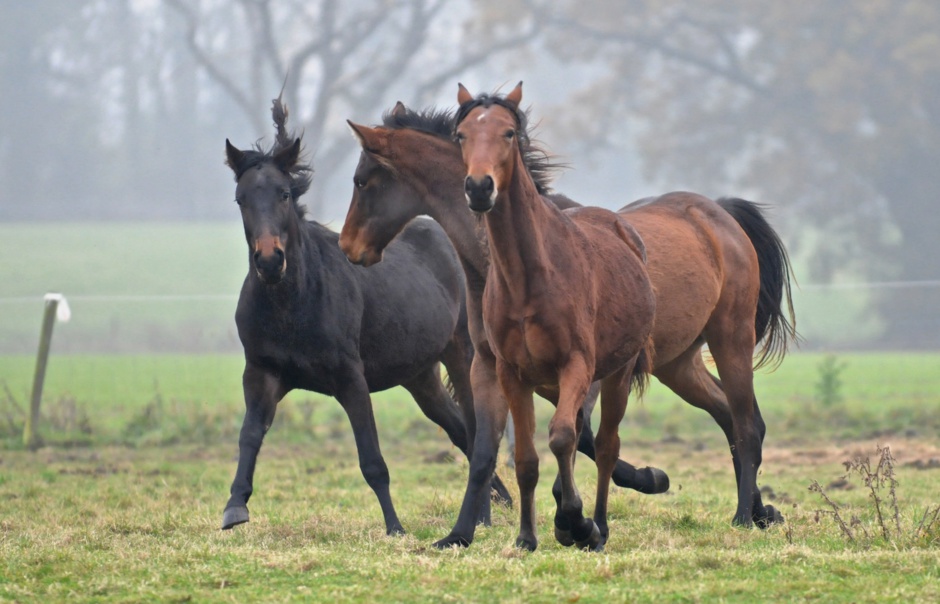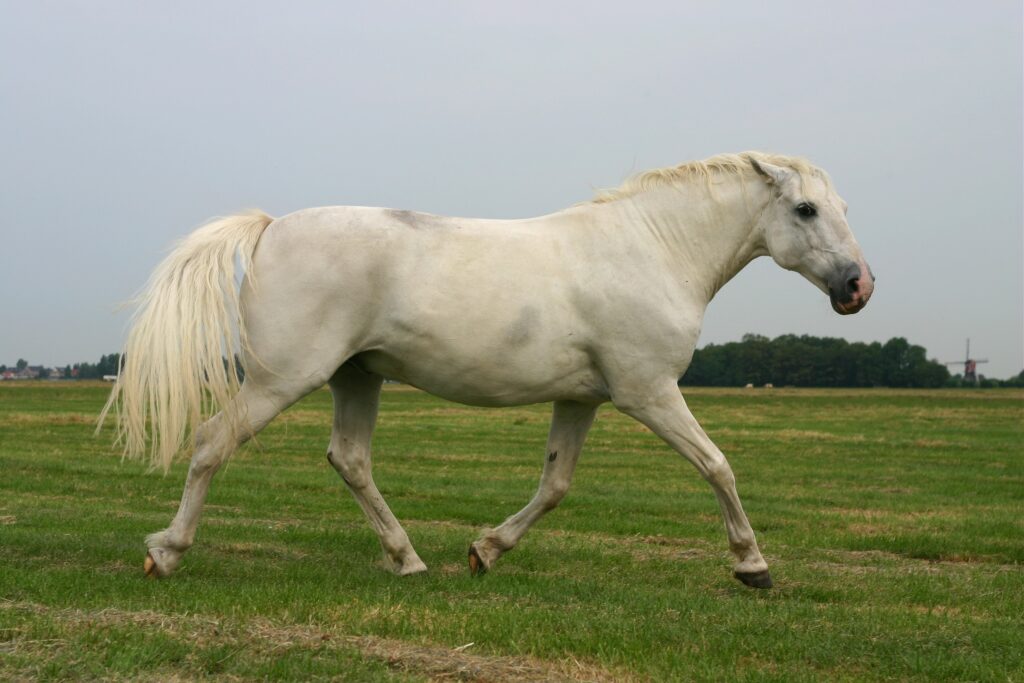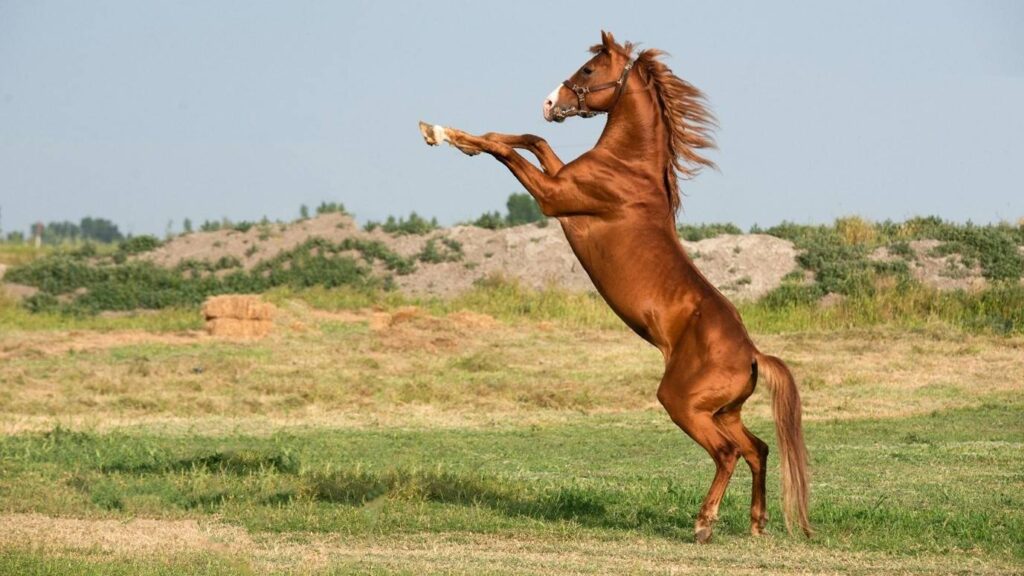The practice of horse groundwork with flag is essential for horse enthusiasts aiming to build trust and communication with their equine partners. This technique is not only about waving a flag but involves a series of exercises designed to desensitize and train horses effectively. In this article, we will delve into the nuances of this practice, providing valuable insights for both beginners and seasoned trainers.

The Importance of Groundwork
Groundwork is a fundamental aspect of horse training. It forms the foundation upon which all other training is built. By starting with groundwork, you establish a line of communication with your horse, which is crucial for building trust and respect. Techniques such as horse groundwork with flag help in reinforcing this bond.
What is Flag Training?
Flag training involves using a flag as a tool to engage with your horse. The flag acts as an extension of your arm, helping in guiding and directing the horse. It is a gentle method that encourages the horse to respond to visual cues, enhancing their sensitivity to human commands.
Benefits of Using a Flag
Using a flag in horse training can offer multiple benefits. It helps in:
- Desensitization: Horses become accustomed to movement and noise, reducing their flight response.
- Communication: The flag serves as a non-verbal communication tool.
- Respect: Horses learn to respect your space and respond to visual cues.
Getting Started with Horse Groundwork with Flag
Before you start, its important to ensure that your horse is comfortable with basic groundwork. This includes leading, haltering, and standing still. Once these are established, you can introduce the flag.
Materials Needed
To begin, you will need a flag. This can be a simple piece of cloth attached to a stick. Ensure that it is lightweight and easy to handle.
Step-by-Step Guide
Step 1: Introduction
Introduce the flag to your horse from a distance. Allow them to sniff and explore it at their own pace. This helps in removing any initial fear or hesitation.
Step 2: Movement
Start by moving the flag slowly around the horse. Watch for any signs of fear or discomfort. The goal is to get the horse used to the flags movement.
Step 3: Desensitization
Once your horse is comfortable, begin desensitization exercises. This involves moving the flag closer to the horses body, gradually increasing the intensity.
Advanced Techniques
Once basic flag training is complete, you can move on to more advanced exercises. This includes using the flag to signal changes in direction or to encourage specific movements.
Common Mistakes to Avoid
Its important to avoid common mistakes such as moving too quickly or applying too much pressure. Patience and consistency are key to successful flag training.
Expert Tips for Success
For those looking to master horse groundwork with flag, consider the following tips:
- Start slow and gradually increase intensity.
- Always watch your horses body language for signs of stress.
- Consistency is key to building trust and respect.
Conclusion
Incorporating horse groundwork with flag into your training routine can greatly enhance your relationship with your horse. By fostering a deeper understanding and communication, you pave the way for more advanced training and a harmonious partnership.
Further Learning
For more insights into horse training techniques, visit Training Your Horse for additional resources and expert advice.

FAQs
What is the main purpose of flag training?
Flag training is primarily used for desensitizing horses to movement and noise, improving communication, and establishing respect.
Can flag training be used for all horses?
Yes, flag training can be adapted for horses of all ages and temperaments, making it a versatile tool in any trainers toolkit.
How often should I practice flag training?
Regular practice is recommended, ideally a few times a week, to reinforce learning and maintain familiarity.
This article contains affiliate links. We may earn a commission at no extra cost to you.







